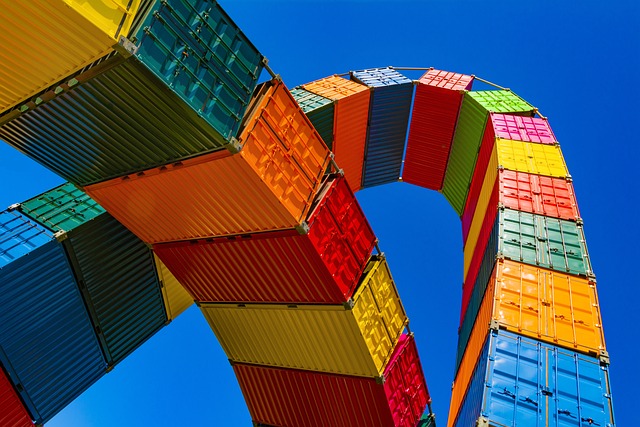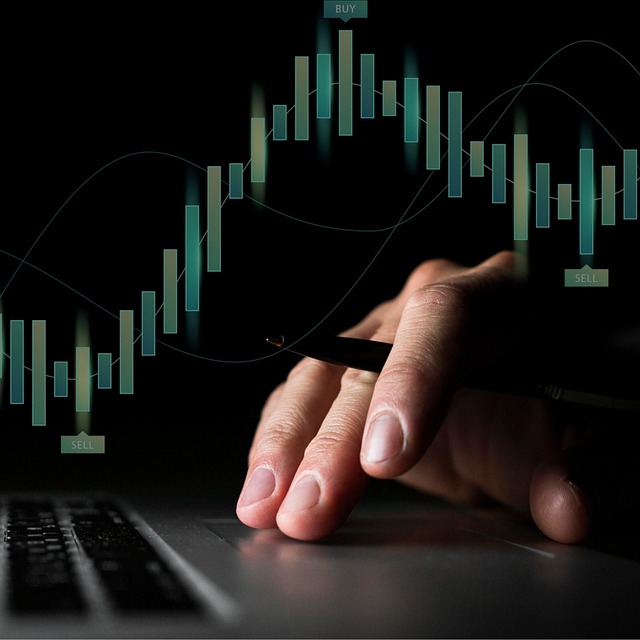Revolutionizing Trading: The Rise of AI Trade Bots
Author: Jameson Richman Expert
Published On: 2024-08-03
Prepared by Jameson Richman and our team of experts with over a decade of experience in cryptocurrency and digital asset analysis. Learn more about us.
The world of trading is undergoing a seismic shift with the advent of artificial intelligence (AI) trade bots. These sophisticated algorithms are not just tools; they are transforming how traders engage with the financial markets and altering the landscape of investing as we know it. This article will explore the intricacies of AI trade bots, their advantages and disadvantages, their underlying technology, and what the future may hold for both amateur and professional traders.

Understanding AI Trade Bots
Before diving into their benefits and drawbacks, it’s essential to establish what AI trade bots are. At their core, these bots are automated software that utilize artificial intelligence to execute trades on behalf of investors. They can analyze vast amounts of data at lightning speed, making decisions in real-time based on pre-defined parameters or, in some cases, even adapt and learn from new data.
The Mechanisms Behind AI Trade Bots
- **Data Analysis**: AI trade bots leverage big data analytics, tapping into historical trading data, market news, and even social media sentiment to inform their trading decisions.
- **Machine Learning**: Most modern AI bots utilize machine learning techniques, allowing them to improve their strategies over time as they process more data and learn from past trades.
- **Algorithmic Trading**: These bots typically follow complex algorithms designed to capitalize on market inefficiencies, often executing trades much faster than a human trader could.
How AI Trade Bots Work
The operation of an AI trade bot involves several key components:
- **Signal Generation**: The bot assesses market indicators and generates buy or sell signals.
- **Trade Execution**: Once a signal is generated, the bot can execute transactions automatically, adhering to risk management protocols.
- **Performance Analysis**: Post-trade, the bot evaluates its performance, learning from successes and failures to enhance future decision-making.
Advantages of AI Trade Bots
The implementation of AI trade bots comes with numerous advantages, especially for traders looking to enhance their performance.
1. Speed and Efficiency
One of the most significant benefits of AI trade bots is their unparalleled speed. They can analyze data and execute trades within milliseconds, capitalizing on fleeting market opportunities that human traders might miss. In my opinion, this speed is a game-changer, particularly in volatile markets where every second counts.
2. Emotionless Trading
Human traders often fall victim to emotional biases—fear, greed, and overconfidence can cloud judgment during trades. AI trade bots, however, make decisions based solely on data and pre-defined algorithms. This objectivity can lead to more consistent and profitable trading strategies. In a world where emotional intelligence is often touted as vital for success, I believe a lack of emotional attachment in trading can provide a strategic edge.
3. Diversification
AI trade bots are capable of monitoring multiple markets and assets simultaneously. This diversification can spread risk across a portfolio while enabling the trader to capitalize on multiple opportunities. As someone who believes in the power of portfolio diversification, I view this ability as crucial for anyone serious about long-term trading success.
4. 24/7 Market Monitoring
Unlike human traders who require rest, AI trade bots can operate around the clock. This capability means they can react to market changes instantly at any hour, which is particularly beneficial for cryptocurrencies and forex markets that operate non-stop. I personally appreciate this feature, as it ensures that opportunities are not missed simply because a trader is asleep or occupied.
Disadvantages of AI Trade Bots
Despite their many advantages, AI trade bots aren't without their shortcomings. Here are some of the primary concerns associated with their use:
1. Lack of Human Judgment
While AI trade bots can process information quickly, they lack the nuanced understanding that experienced human traders possess. Certain market conditions require intuition and judgment that algorithms simply cannot replicate. I believe this limitation is critical and must be acknowledged by anyone considering using an AI trade bot in their trading strategy.
2. Overfitting and Market Adaptability
AI bots often depend on historical data to formulate their strategies. However, markets can change rapidly; patterns observed in the past do not always apply in the future. This phenomenon is known as overfitting, where a model is too closely aligned with historical data, making it ineffectual in different market environments. A cautionary tale here is essential: relying solely on an AI bot without a human touch can lead to disastrous outcomes.
3. Technical Failures and Dependability
AI systems are not infallible; they can experience glitches or failures, potentially leading to significant financial losses. It is essential to understand that just because a bot operates on advanced technology doesn't make it immune to errors. In my view, having a backup plan and always monitoring the bot's performance is crucial.
4. Regulation and Ethical Considerations
As with any rapidly advancing technology, the rise of AI trade bots raises various regulatory and ethical questions. Issues such as market manipulation, transparency, and fairness need to be addressed by financial authorities, but the technology often moves faster than regulations can keep up. I find this a particularly challenging aspect of the AI trading landscape; as traders, we must navigate these uncharted waters carefully.

The Future of AI Trade Bots
The future of AI trade bots is both exciting and uncertain. Advances in machine learning, natural language processing, and big data analytics will likely continue to enhance their capabilities. As more traders adopt this technology, competition may also spur innovation, pushing the boundaries of what these bots can achieve. However, it is essential to remember that AI trade bots should be seen as tools in a trader’s arsenal rather than a one-size-fits-all solution.
Integrating AI Bots with Human Trading Strategies
In my opinion, the most effective future scenario involves a hybrid approach, where AI trade bots complement human traders. By utilizing the strengths of both AI and human intuition, traders can develop more robust strategies. The combination of automated efficiency and human judgment can potentially lead to more successful trading endeavors.
Conclusion
AI trade bots are undoubtedly revolutionizing the trading landscape, providing unique opportunities for both novice and experienced traders. While they offer speed, efficiency, and the ability to operate around the clock, it's crucial to recognize their limitations and the importance of human oversight. As technology progresses, the integration of AI in trading will likely become more sophisticated and pervasive. Those who navigate this landscape thoughtfully and strategically will be well-positioned for success in the evolving world of financial trading.